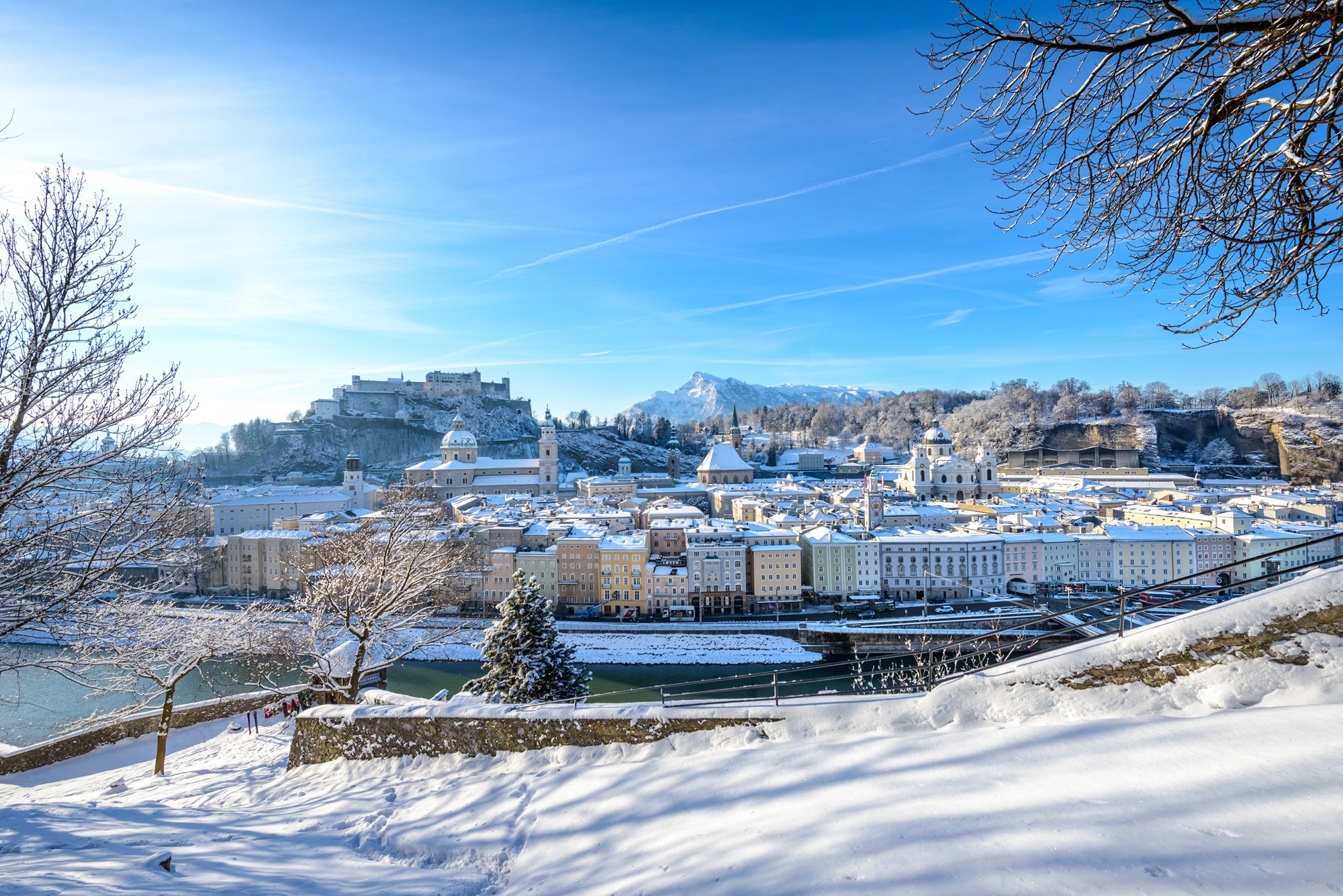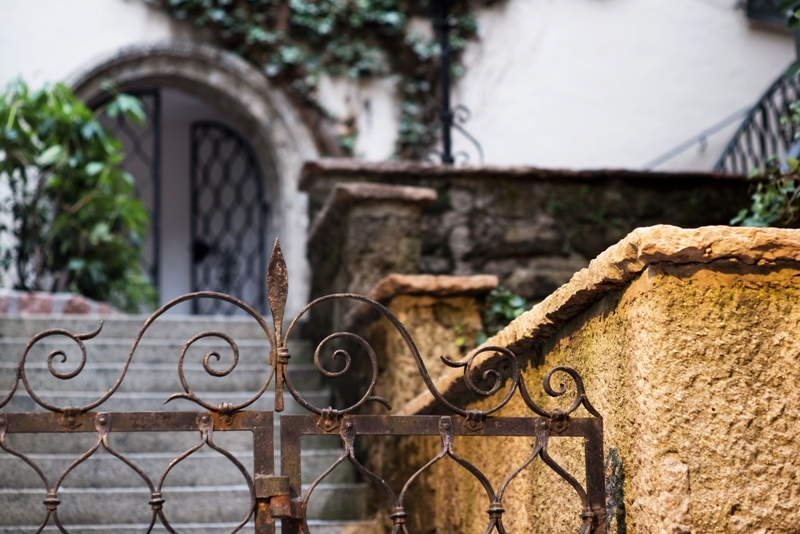Notable People
Joseph Mohr
Father Joseph Mohr met Anna Schoiber during his training with the Archbishop's Army in Salzburg. Son Joseph Mohr was the illegitimate child from this relationship. According to the entry in the baptismal register of the cathedral parish, Joseph Mohr was baptized in the cathedral on December 11, 1792.
Children born out of wedlock were given the surname of their father under Salzburg law. In a survey by the authorities, unmarried mothers had to provide precise information about the origins of their pregnancy and pay a fine as an apology. From the fornification protocols kept, it can be seen that the unmarried Anna Schoiber gave birth to a total of four illegitimate children from different fathers, Joseph Mohr was the third.
According to the 1794 census, the one-and-a-half-year-old Joseph Mohr lived with his 36 year old mother Anna Schoiber, his 64 year old widowed grandmother Maria Schoiber, his three year old cousin, Theresia Schoiber and his seven year old half-sister Klara Kregg in the house, 31 Steingasse. The census of 1794 does not allow any conclusions that the house at 31 Steingasse was the birthplace of Joseph Mohr or the permanent home of the family. If Mohr had been born in Steingasse, he would have had to be baptized in the then Andräkirche in Linzergasse and not in the cathedral.
Museums, memorials, events
‘Silent Night 200’
On September 29, 2018, the special exhibition "Silent Night 200th History, Message, Present" was opened in the Salzburg Museum. This was part of the decentralized state exhibition "200 Years of Silent Night", in which a total of nine Silent Night communities in Salzburg, Upper Austria and Tyrol participated.
Local Community - Salzburg City
The first signs of a settlement within today's city limits come from the Neolithic period. The first permanent settlement dates from the time of the Celts and was established in 15 BC, expanded by the Romans to the city of Juvavum.
Around 700 Bishop Rupert von Worms founded the St. Peter monastery. In 739, Salzburg became a diocese, in 798 an archdiocese and in 774, the Irish bishop Virgil inaugurated the first cathedral. The name Salzburg has been documented since 755. Construction of the Hohensalzburg Fortress began in 1077. In the 17th and 18th centuries, Salzburg experienced its second heyday after that of the late Middle Ages. The Prince Archbishops Wolf Dietrich von Raitenau, Markus Sittikus and Paris Lodron transformed the medieval city into a baroque jewel.
The Salzburg Festival was founded in 1920 and in 1997 the old town was declared a World Heritage Site.



